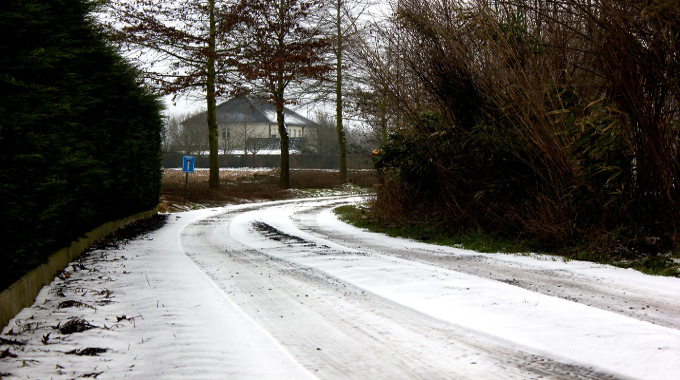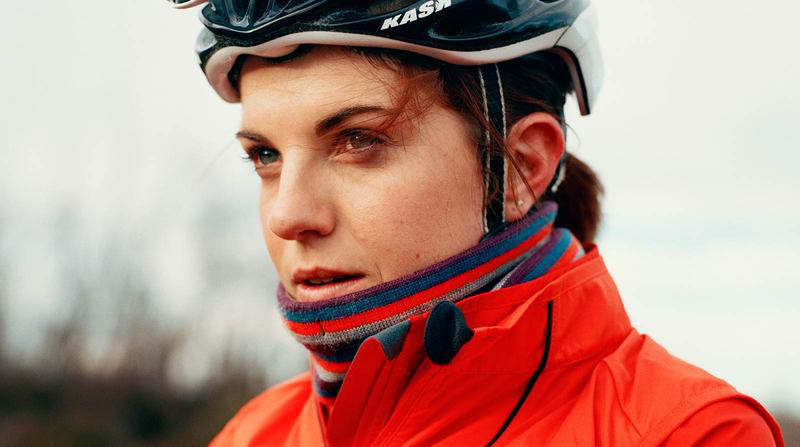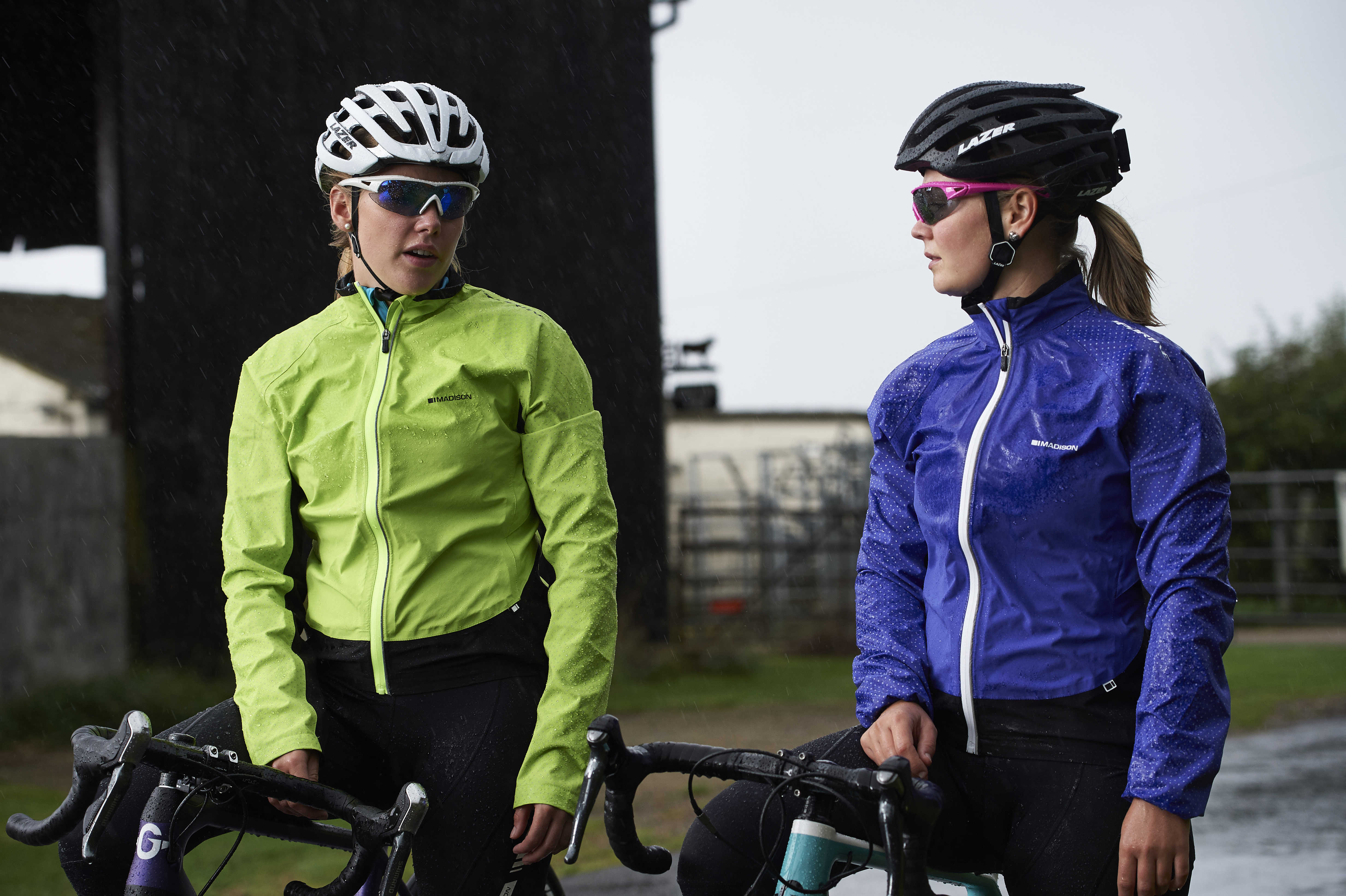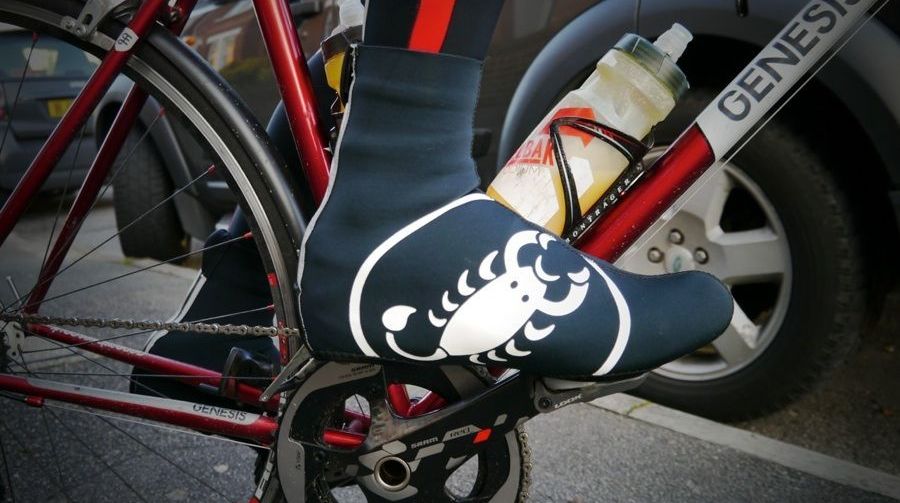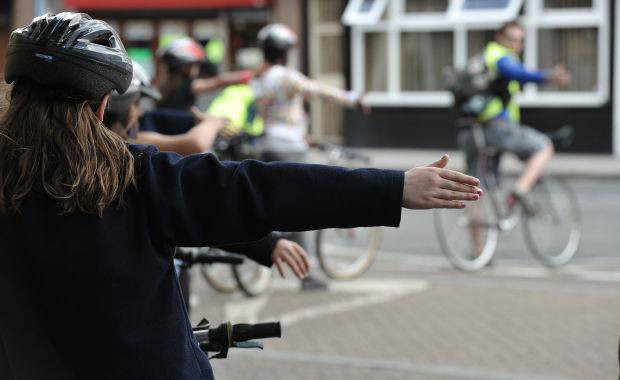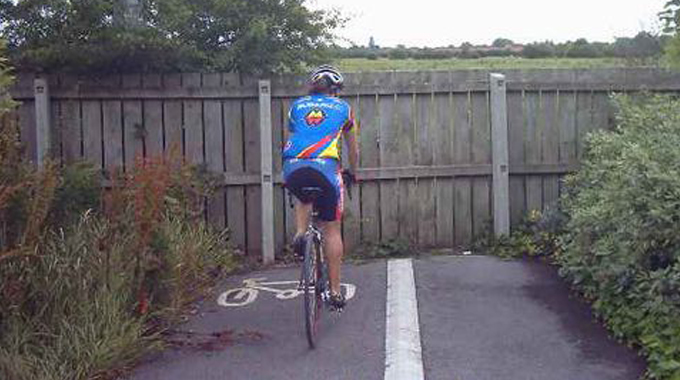We were a little bit perplexed when the weather reporter told us to expect ‘thundersnow’. Snow we know about, same for thunder and storm. But Thundersnow is something else.
As is oft the case, Google quickly threw up an explanation that seems to just about make sense (though it doesn’t explain why this is not called Thunder Snow, then Thunder-snow, and finally Thundersnow as tradition would dictate):
Thundersnow, also known as a winter thunderstorm or a thunder snowstorm, is an unusual kind of thunderstorm with snow falling as the primary precipitation instead of rain. It typically falls in regions of strong upward motion within the cold sector of an extratropical cyclone.
Great – so the sky is going to rain down on us with really cold, icy particles – which means we need to combine our knowledge of how to ride in rain, ice and snow to weather the storm.
Here are a few tips to help you out over the coming days…
Lower your tyre pressure
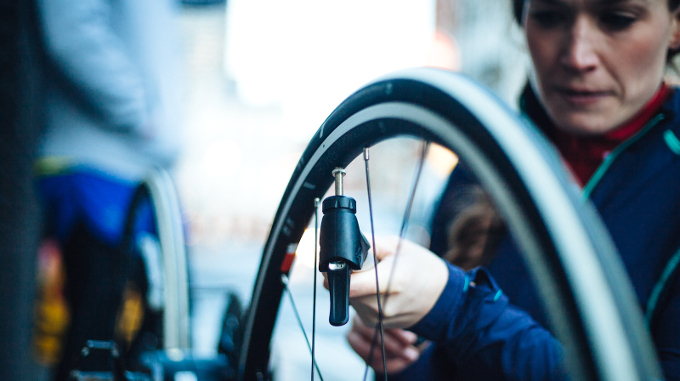
With the kind of conditions we’re expecting, it’s not likely that temperatures will drop low enough for major ice patches to form. However – we’ve already seen and heard evidence that this isn’t the case all over the country:
Thanks 2the kind gent who towed my car out of a snow bank today after I hit black ice. Thankfully no harm to me or car but be careful folks!
— Chris Hoy (@chrishoy) January 12, 2017
Where there’s risk of ice, and even when the roads are damp as they certainly will be, it’s a good idea to lower your tyre pressure to increase your contact patch with the ground. If you usually run 100psi, go as low as 80psi. However, don’t overdo it, as this will will slightly increase your chance of a puncture. We’d choose mending a puncture over sliding out any day, though and with quality tyres you should be fine down to 70psi.

